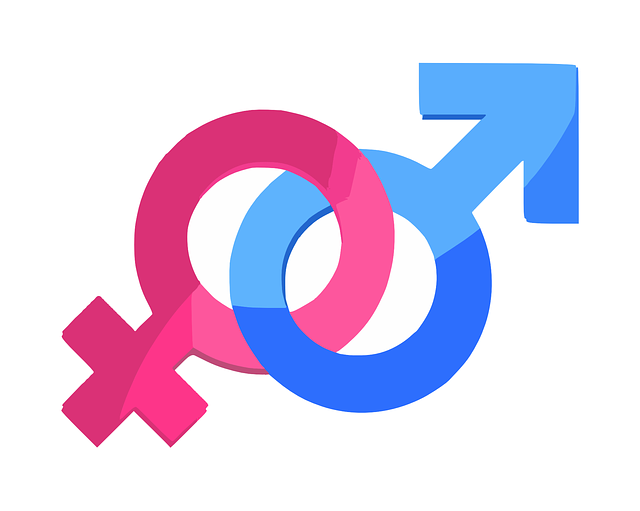The importance of gender and sex analysis in research
Are sex and gender always considered in research? I had thought it was a given. However in 2020, the European Commission asked only one third of research applicants to consider sex and gender in their funded research. It was one of the first research funders outside of medical research to do so.
Last week, the European Commission announced its intention to make sex and gender analysis mandatory for the majority of all research funded through the Horizon Europe programme. This financial instrument has a €100 billion budget to spend over seven years, with five mission areas within Cancer, Climate Change, and Soil Health research. It is an ambitious programme with a focus on collaboration between private and public partners but its aim to include sex and gender in all research begs some questions I never considered before.
The sleeping pill Ambien, prescribed 40 million times a year in America, had its dose halved for women in 2014, 22 years after it was originally approved
Even 10 years ago the science journal Nature found that for every 10 biological discipline trials, eigt used male animals more readily than female animals, most significantly in neuroscience and pharmacology. Like female animals, female participation in human trials had been discouraged even up to the 1990s because female’s monthly hormone changes often required researchers to consider more analysis to produce statistically significant results. This gender bias within research has significant impacts on women’s health. The US Food and Drug Administration’s Office of Women’s Health has found that females have nearly double the risk of developing an adverse drug reaction compared to men. Additionally, incorrect dosage information based on the trials of their male counterparts means that sometimes women take too high a drug dosage. The sleeping pill Ambien, prescribed 40 million times a year in America, had its dose halved for women in 2014, 22 years after it was originally approved.
Amy Braun of Stanford University says “sex is a genotype, gender is an identity”
Sex is considered the biological characteristic we use to define male, female, and intersex. Gender is different. It stems from socially constructed roles. There is a link to sex, but one does not define the other. Amy Braun of Stanford University says “sex is a genotype, gender is an identity”. Alhough it is assigned at birth, gender is a personal identity which can evolve over time. This idea of gender is evolving quickly within society, let alone in scientific research. Marcia Stefanick, director of the Stanford Women and Sex Differences in Medicine, says: “We don’t know how to measure gender.” However, that’s not to say that gender hasn’t been shown as significant in studies before. Studies in the past have used the 1974 Stanford Bem Sex Role Inventory to compute a measure of gender by considering more masculine attributes such as “assertiveness” and more feminine attributes such as “expression”. A Canadian study in 2015 found young adult participants with more “feminine” traits were more likely to see a recurrence of Acute Coronary Syndrome (ACS) regardless of their sex. Covid-19 is a great example to consider. A similar number of men and women contract the virus, but fatality rates are higher for men. Gender differences such as men’s worse hand hygiene and greater smoking uptake cannot be ignored when considering a viral respiratory disease.
Respiratory ailments are more common within the African American community and yet, as of 2015, only 1.9% of all studies of respiratory disease included minority subjects
If sex and gender are only now mandatory for Horizon Europe research, what else are researchers missing? Here is one I think needs more attention – ethnicity. 2020 continues to highlight the health inequality prevalent in our society, maybe most obviously because of the Covid-19 pandemic. The Office of National Statistics has found that “black people are more than four times more likely to die from Covid-19 than white people”. We can also once again look at disparities in the ethnicity of participants used in clinical trials. The Scientific American reports that respiratory ailments are more common within the African American community and yet, as of 2015, only 1.9% of all studies of respiratory disease included minority subjects. In light of the Covid-19 pandemic the National Institute for Health and Research published a report to help aid researchers increase the involvement of BAME participants within Covid-19 research. Yet still, in most Covid-19 research, the ethnicity of participants is rarely collected. Ethnicity is certainly a factor which needs considerably more attention.
In German, ‘Geschlecht’ means both sex and gender, there is no distinction. Science has shown that there is a distinction, they’re not interchangeable. I hope that when you see research trials which encourage diversity through gender, ethnicity and other factors you celebrate. Like most areas, research still has a bias. With a collective awareness and scrutiny of patient participation, hopefully we can change that.

Comments